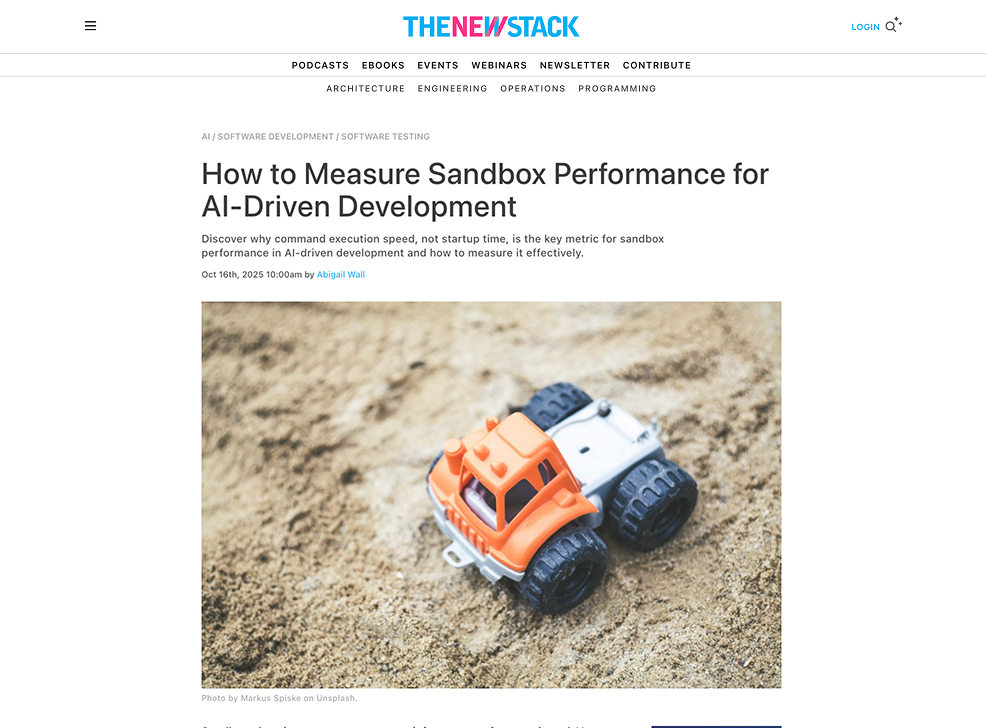If you're a CEO, chief technology officer, or other business leader wrestling with disappointing artificial intelligence returns in 2025, you're not alone. McKinsey research reveals that more than 80 percent of organizations aren't seeing tangible impact on earnings before interest, taxes, depreciation, and amortization from their generative AI investments. Only 17 percent of companies can attribute 5 percent or more of their earnings to AI initiatives, leaving many questioning whether the AI revolution is real or just expensive hype.
But before writing off AI, consider this: While your organization might be struggling with pure genAI ROI across marketing, operations, or product development, there's one area where AI is consistently delivering measurable, substantial returns. Customer service AI is generating some of the strongest ROI numbers in enterprise technology by doing something most AI initiatives haven't: building generative capabilities on top of proven traditional AI foundations.
The contrast is revealing: 80 percent of companies are using or planning to deploy AI-powered customer service, with industry projections showing 95 percent of all customer interactions will be AI-powered within the year. These aren't pure genAI experiments; they're hybrid systems that enhance existing automation with conversational capabilities, delivering average returns of $3.50 for every dollar invested, with leading organizations seeing up to eight times ROI.
If you're looking for proof that AI can deliver real business value, customer service provides the clearest answer. But the lesson isn't just about customer service; it's about how to successfully integrate genAI into your business by enhancing existing automation rather than replacing it entirely.
Understanding the Customer Service AI Advantage
Customer service AI's success is particularly instructive for other AI initiatives because it represents successful genAI integration with established systems rather than pure generative AI implementation. This distinction is crucial for understanding why customer service shows strong ROI while most genAI projects struggle. Here are some examples:
- The Foundation Effect: Companies like Zendesk, Salesforce, and Intercom had working AI systems, like automated routing, intent classification, sentiment analysis, and rule-based chatbots, for years before genAI existed. These traditional AI systems already delivered measurable ROI through process automation and efficiency gains.
- GenAI as Enhancement: When ChatGPT-style genAI emerged, successful customer service platforms enhanced their existing systems rather than rebuilding them. GenAI added natural conversational capability to already-working automation, creating hybrid systems that combine traditional AI reliability with genAI flexibility.
- Proven + New = Success: This explains customer service AI's exceptional ROI. It's not pure genAI creating value from scratch, but genAI amplifying already-successful traditional AI applications.
Clear, Immediate Metrics That CFOs Understand
While most pure genAI initiatives struggle with fuzzy value propositions and complex measurement frameworks, hybrid customer service AI delivers metrics that translate directly to the bottom line in the following ways:
- Cost per interaction: AI handles routine inquiries at a fraction of human agent costs, building on traditional AI routing and classification.
- Resolution time: ServiceNow reports 52 percent reduction in complex case handling time, generating $325 million in annualized productivity value.
- Call deflection rates: Organizations see 40 percent to 60 percent reduction in human agent workload through hybrid automation.
- 24/7 availability: Eliminates overtime costs and enables global support without geographic constraints.
These aren't abstract productivity gains; they're measurable cost reductions that appear immediately in operational budgets. NIB Health Insurance saved $22 million through AI-driven digital assistants while reducing human customer service needs by 60 percent. Yum! Brands saw 10 percent to 15 percent faster order processing and a 20 percent reduction in order mistakes in early AI pilots.
One critical factor distinguishing successful customer service AI from struggling pure genAI initiatives is that successful organizations are buying enhanced platforms, not building experimental systems. More than 90 percent of companies are testing third-party AI applications for customer support, leveraging vendors that enhanced proven traditional AI systems with generative capabilities.
This procurement shift reflects mature understanding of AI value creation. Rather than expensive, uncertain pure genAI development, smart organizations are adopting hybrid platforms that combine traditional AI reliability with genAI conversational capabilities.
Advice for Enterprise Leaders
If your organization is among the 80 percent struggling to show genAI ROI, the customer service hybrid model offers the fastest path to demonstrable results:
- Start with enhanced platforms: Rather than building pure genAI solutions, evaluate established platforms that have enhanced traditional AI with generative capabilities. Look for vendors that built conversational features on top of proven automation rather than pure genAI startups.
- Enhance existing automation: Identify business processes where you already use traditional AI or automation, like inventory management, financial processing, HR workflows. Consider how genAI could enhance these proven systems rather than replacing them.
- Focus on proven + new: Target areas where you can add genAI conversational capabilities to existing successful automation. This hybrid approach provides immediate ROI while minimizing implementation risk.
- Measure enhancement value: Establish baseline metrics for current automation performance, then measure how genAI features improve user experience, reduce training requirements, or increase adoption rates.
With an increased drive for AI ROI, executives need to focus on projects with payoff. This advice should help.













